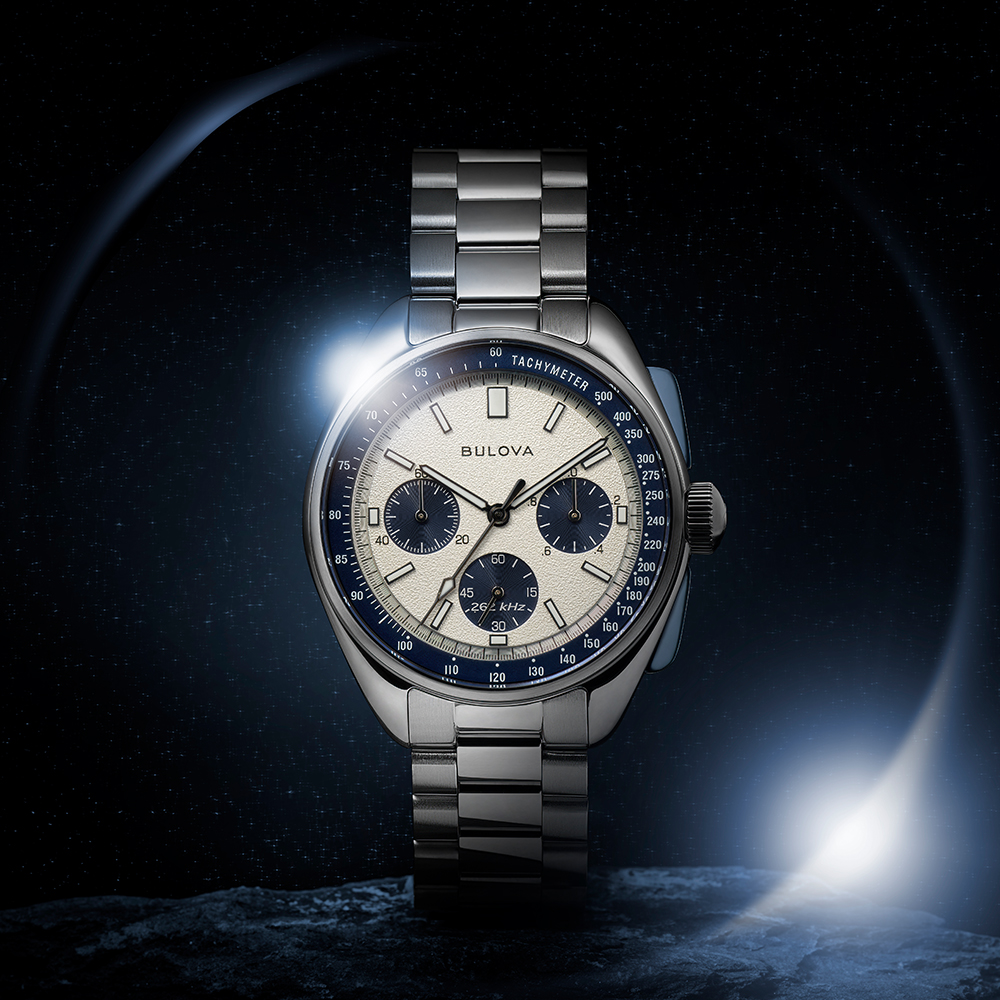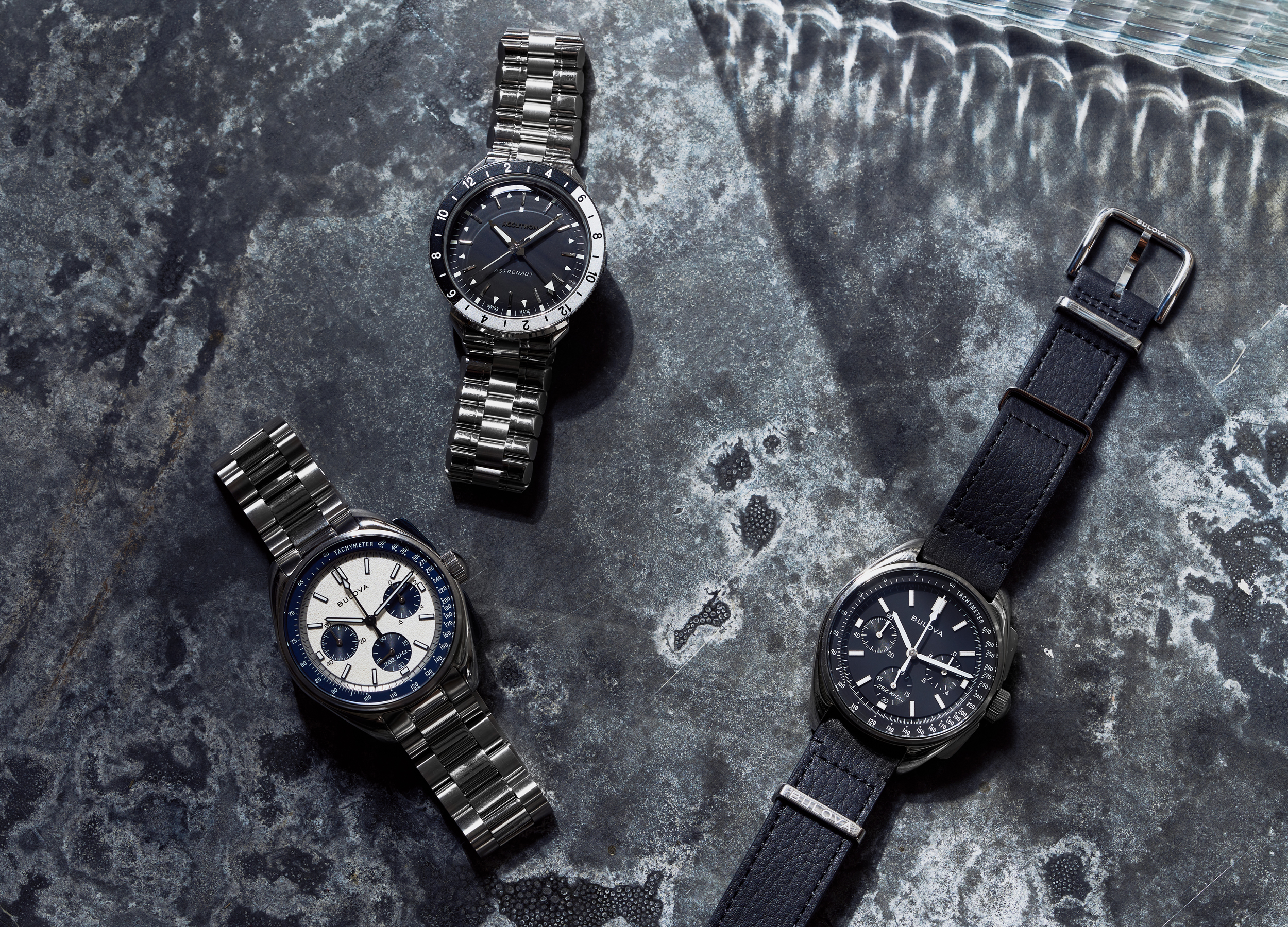Bulova and Accutron, now both part of Citizen Watch Company, share a rich history of providing timepieces and other technology that helped mankind in the early decades of NASA and the US Space Programme.
Accutron, with its electronically powered precision timekeeping expertise, made both watches and instrumentation for the US government in the late 50s through to the early 60s.
Over at Bulova, General Omar Bradley, then chairman of the company, spearheaded the collaboration of 46 NASA space missions that used 2,000 Accutron precision instruments and timing devices including the Lunar Pilot, which astronaut Dave Scott took to the moon during his Apollo 15 landing in 1971.
Eight years earlier, in May 1963, an Accutron Astronaut watch was worn for the first time on mission Mercury-Atlas 9, a spaceship that orbited the Earth.
The watch was deemed ideal for aerospace usage due to its electronics not relying on a mechanical watch’s mainspring so it could withstand high G-acceleration and extreme temperatures with unprecedented accuracy.
The watch was also used by all pilots of the USAF X-15 experimental rocket-powered aircraft programme, and was later issued to CIA pilots in the Lockheed A-12 program who travelled at three times the speed of sound.
Commercial versions of the Acutron Astronaut were popular throughout the 1960s, including the 1968 “T” version with a distinctive day/night bezel.
That watch has been recreated this year as a steel on steel piece using a modern SW330 GMT movement in a 41mm case.
Accutron is making just 300 pieces, which are on sale for £2,790.
Over at Bulova, watchmakers have created two new Lunar Pilot chronograph timepieces in 43.5mm steel cases, the same size as the watch that went to the moon.

It arrives in two colourways: one with a two-tone blue and white chronograph dial and the other, classic black like the original timepiece.
Both are priced at £599, and are powered by the brand’s proprietary NP20 High Precision Quartz (HPQ) chronograph movement accurate to 1/20th second.


‘Accutron’, “Accuracy through Eletronics”, that was the core principle of the then, most accurate Timepiece in the world. The Tuning Fork replaced by an Electrostatic Movement, follows the genesis of the name, so why an Automatic Movement as the Engine, be it the Astronaut or any other mid-20th Century designs save for the Spaceview?